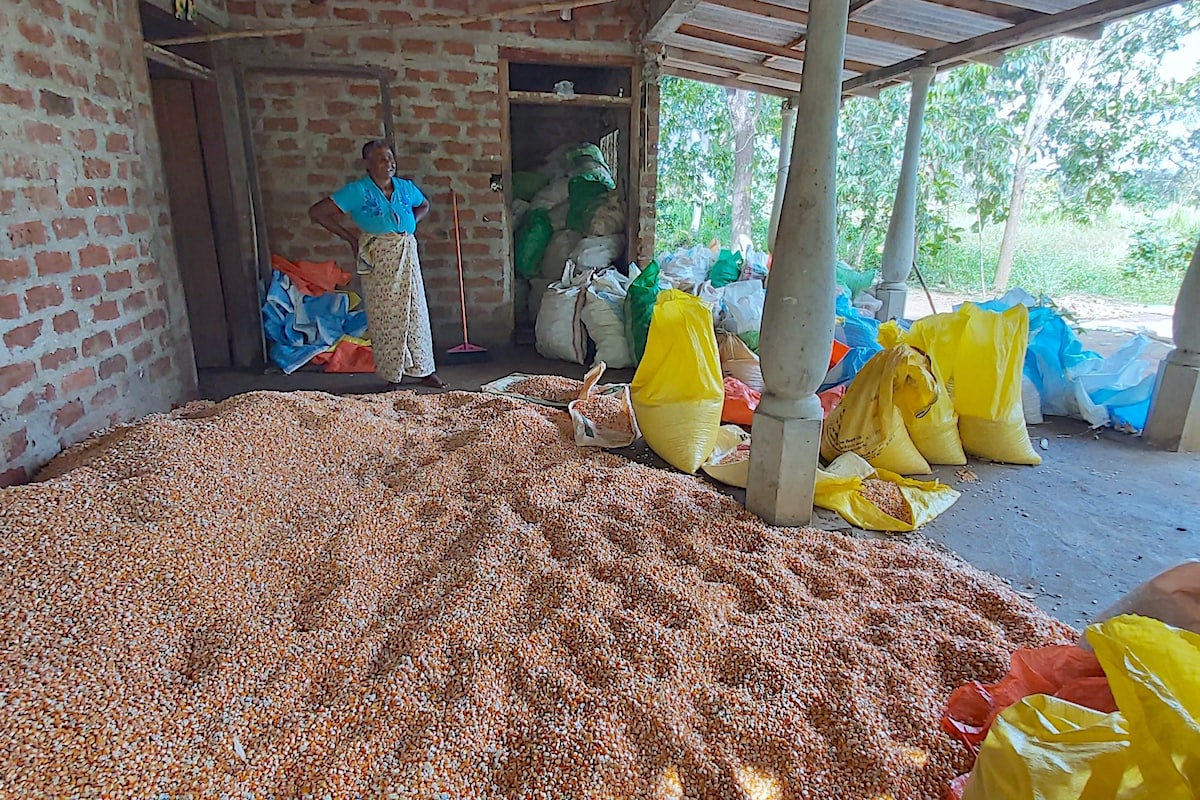Why subseasonal weather forecasts are key to avoiding crop losses from droughts and floods
- From
-
Published on
16.04.21
- Impact Area

As experts meet online for the Future Directions of Subseasonal to Seasonal Predication over South Asia, researchers from the Indian Institute of Tropical Meteorology and the International Water Management Institute discuss the potential of subseasonal weather forecasting – and the important role it can play to optimize agricultural production and help reduce farmer vulnerability to climate-related disasters.
Economic losses from weather-related shocks have doubled in India over the last three decades, from US$ 20 billion in 1998–1997 to US$ 45 billion in 2008–2017. As climate change continues to increase the frequency and intensity of extreme weather events, farmers need to be better prepared or risk losing their livelihoods. But, how can they plan for floods and droughts when long-term seasonal forecasts are unable to pinpoint exactly when a destructive event will take place, and short-term weather forecasts provide information that is too late to be useful? Subseasonal weather forecasting – on a timescale of 2-4 weeks – may offer a potential way forward.
Photo credit: Giriraj Amarnath/IWMI
Related news
-

Shaping policy changes for a sustainable cropping system in Uttar Pradesh, India
International Rice Research Institute (IRRI)03.07.25-
Food security
by Dr. Proloy Deb and Dr. Swatantra Dubey The Central Plain region of Uttar Pradesh…
Read more -
-

Mapping for Resilience: How Spatial Data is Transforming Karamoja Cluster
Ibukun Taiwo02.07.25-
Climate adaptation & mitigation
Pastoral communities in the Karamoja Cluster (a region spanning Kenya, Uganda, South Sudan, and Ethi…
Read more -
-

Building Resilience and Regeneration: The Central Highlands Ecoregion Foodscape (CHEF)
Sehlule Muzata02.07.25-
Climate adaptation & mitigation
At the CGIAR Sustainable Farming Program (SFP), we believe that collaboration is essential for trans…
Read more -
